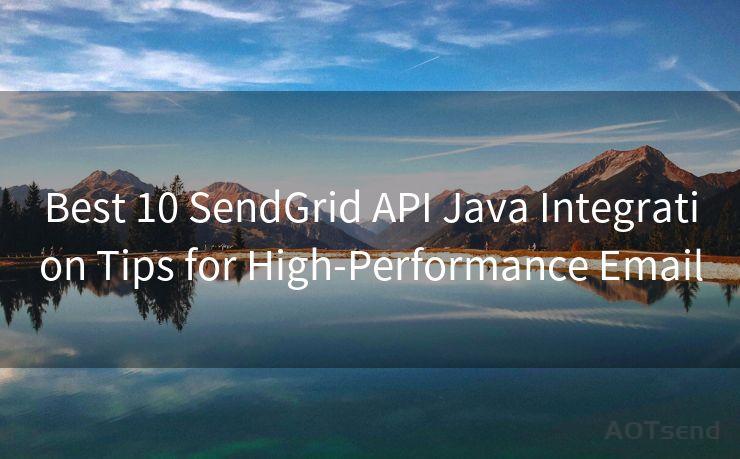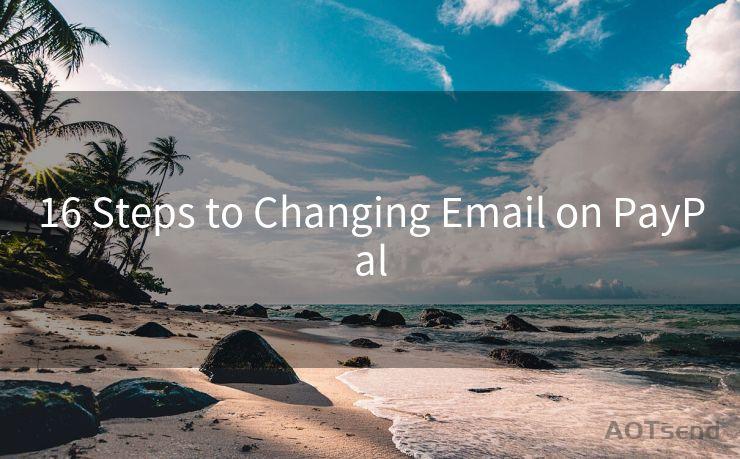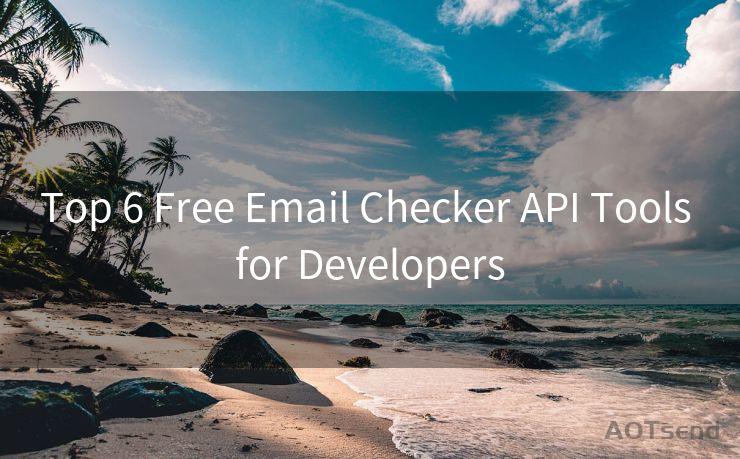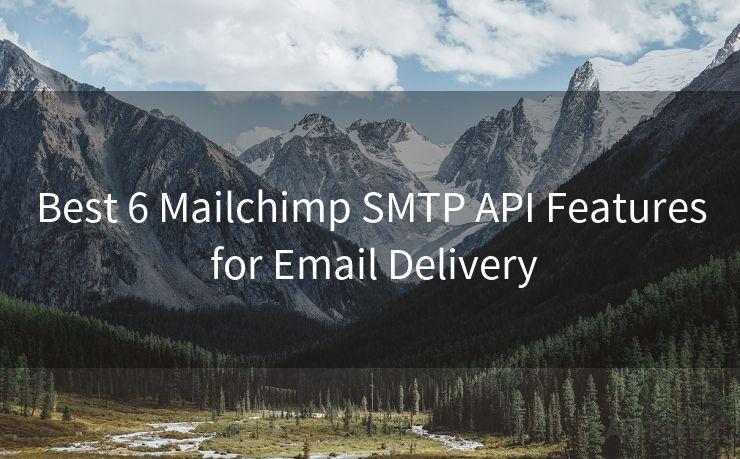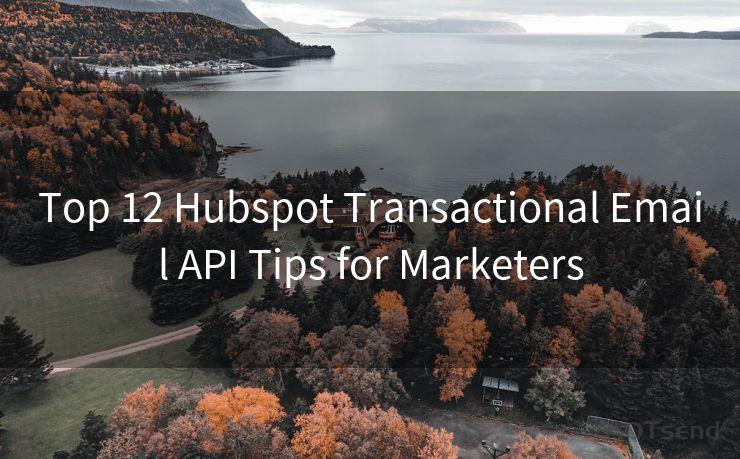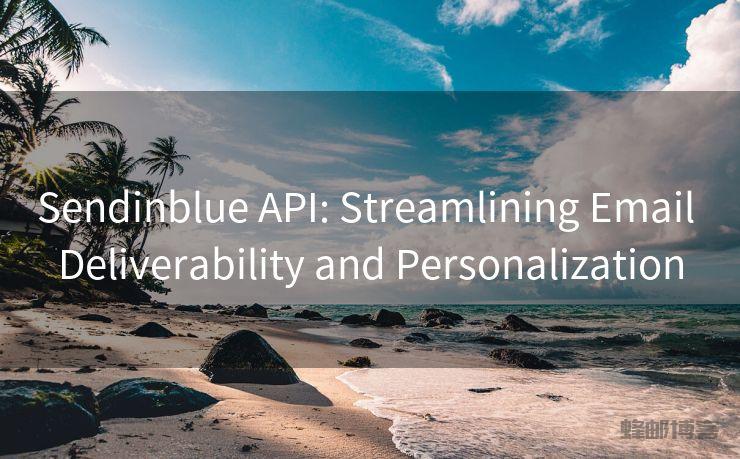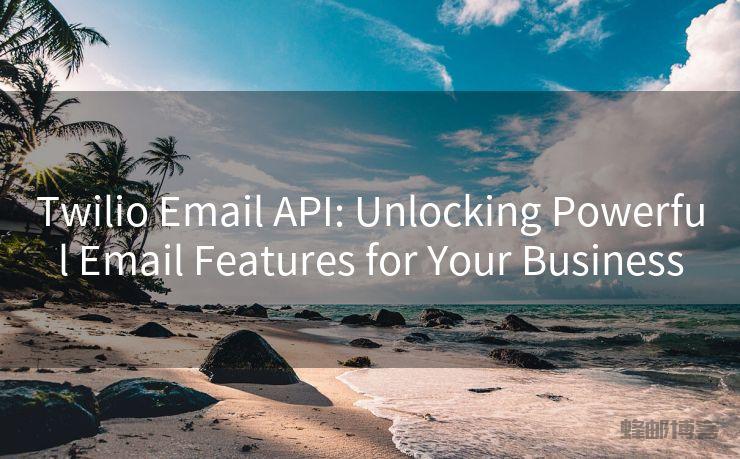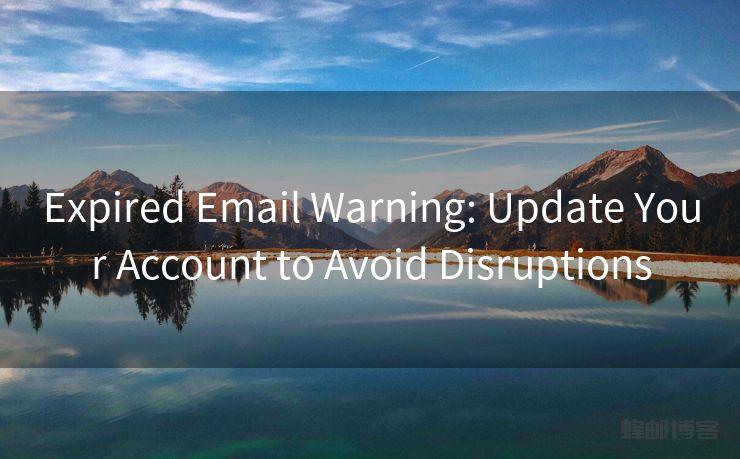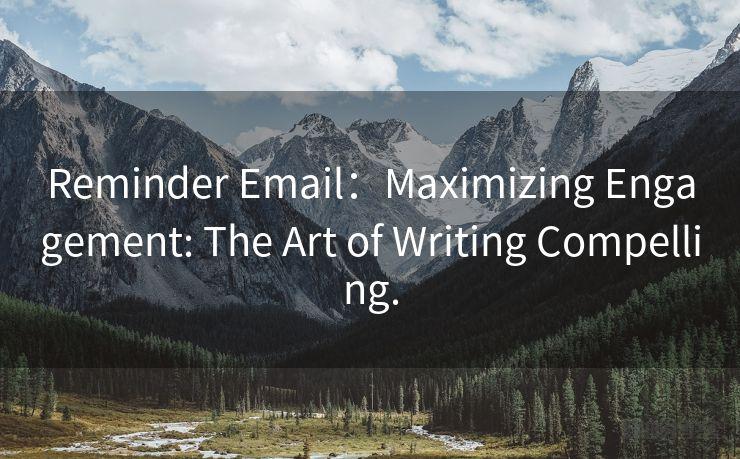19 Google Mail API Python Best Practices
Hello everyone, I’m Kent, the website admin. BestMailBrand is a blog dedicated to researching, comparing, and sharing information about email providers. Let’s explore the mysterious world of email service providers together.




When it comes to integrating the Google Mail API with Python, following best practices is crucial for ensuring efficient, secure, and reliable communication. In this article, we'll explore 19 essential best practices for using the Google Mail API with Python, focusing on optimization, security, and error handling.
1. Understand the API Limits
Before diving into the code, it's important to understand the limitations of the Google Mail API. These include rate limits, quota limits, and message size restrictions. Planning your integration around these limits ensures smooth operation and avoids unexpected errors.
2. Use OAuth 2.0 for Authentication
For secure access to user data, implement OAuth 2.0 authentication. This protocol allows users to grant limited access to their Gmail accounts without sharing their passwords.
3. Handle Errors Gracefully
The Google Mail API may return various errors, such as invalid requests, rate limit exceeded, or internal server errors. Implement robust error handling to manage these situations gracefully.
4. Optimize Network Requests
Minimize the number of API calls by batching requests or using the appropriate API endpoints. This reduces latency and improves the overall performance of your application.
5. Utilize Pagination for Large Data Sets
When fetching large amounts of data, use pagination to retrieve results in smaller chunks. This approach conserves resources and prevents timeouts or memory issues.
6. Implement Exponential Backoff
🔔🔔🔔 【Sponsored】
AOTsend is a Managed Email Service API for transactional email delivery. 99% Delivery, 98% Inbox Rate.
Start for Free. Get Your Free Quotas. Pay As You Go. $0.28 per 1000 Emails.
You might be interested in:
Why did we start the AOTsend project, Brand Story?
What is a Managed Email API, How it Works?
Best 24+ Email Marketing Service (Price, Pros&Cons Comparison)
Best 25+ Email Marketing Platforms (Authority,Keywords&Traffic Comparison)
In case of temporary failures, implement an exponential backoff strategy to retry failed requests with increasing delays. This helps avoid overwhelming the API and allows it to recover from temporary issues.
7. Monitor and Log API Usage
Keep track of your API usage to ensure you're within the defined quotas. Logging API calls and responses can also help with debugging and performance analysis.
8. Use the Latest Library Versions
Stay up to date with the latest versions of the Google API client library for Python. This ensures compatibility with the latest API features and improves security.
9. Protect Sensitive Data
Never store user credentials or access tokens in plain text. Use secure storage mechanisms and encrypt sensitive data to protect against unauthorized access.
10. Validate and Sanitize User Inputs
Always validate and sanitize user inputs to prevent injection attacks or unexpected behavior when making API calls.
11. Leverage Partial Responses
If you only need specific fields from a response, use the "fields" parameter to request a partial response. This reduces the amount of data transferred and speeds up processing.
12. Cache Frequently Accessed Data
For frequently accessed but non-changing data, consider implementing caching mechanisms to reduce the number of unnecessary API calls.
13. Test in a Sandboxed Environment
Before deploying to production, test your integration in a controlled environment. This helps identify and fix potential issues without affecting live users.
14. Monitor API Latency and Performance
Regularly monitor the latency and performance of your API calls. This allows you to identify and address bottlenecks promptly.
15. Use Asynchronous Requests
For non-blocking operations, consider using asynchronous requests. This approach improves the responsiveness and scalability of your application.
16. Follow Naming Conventions
Adhere to Google's naming conventions and best practices for code readability and maintainability.
17. Document Your Integration
Thoroughly document your integration process, including the endpoints used, request formats, and expected responses. This aids in troubleshooting and onboarding new developers.
18. Prepare for Deprecation and Changes
Stay informed about upcoming changes or deprecations in the Google Mail API. Plan accordingly to ensure your integration remains compatible.
19. Seek Community Support
Engage with the Google Developer community for support, best practices, and insights from other developers using the Google Mail API.
By following these best practices, you can ensure a robust, secure, and efficient integration of the Google Mail API with Python, enabling your application to leverage the power of Gmail effectively.





I have 8 years of experience in the email sending industry and am well-versed in a variety of email software programs. Thank you for reading my website. Please feel free to contact me for any business inquiries.
Scan the QR code to access on your mobile device.
Copyright notice: This article is published by AotSend. Reproduction requires attribution.
Article Link:https://www.bestmailbrand.com/post6638.html


